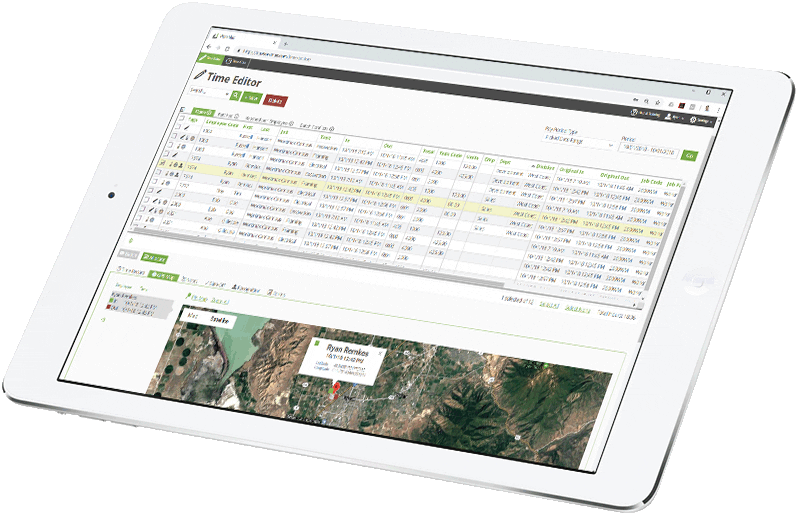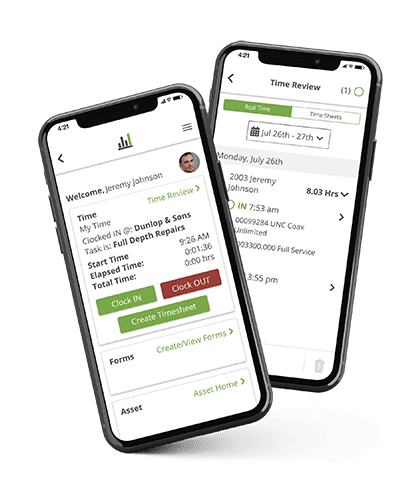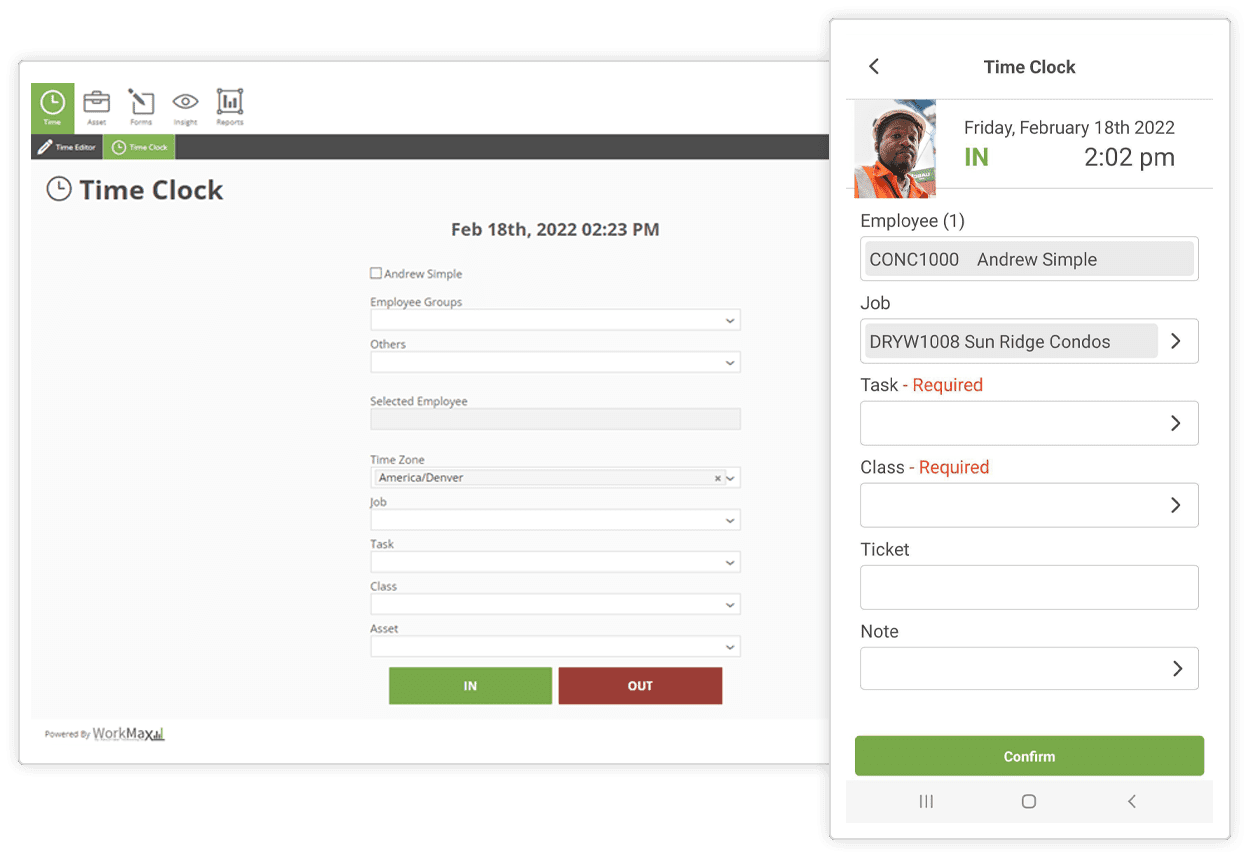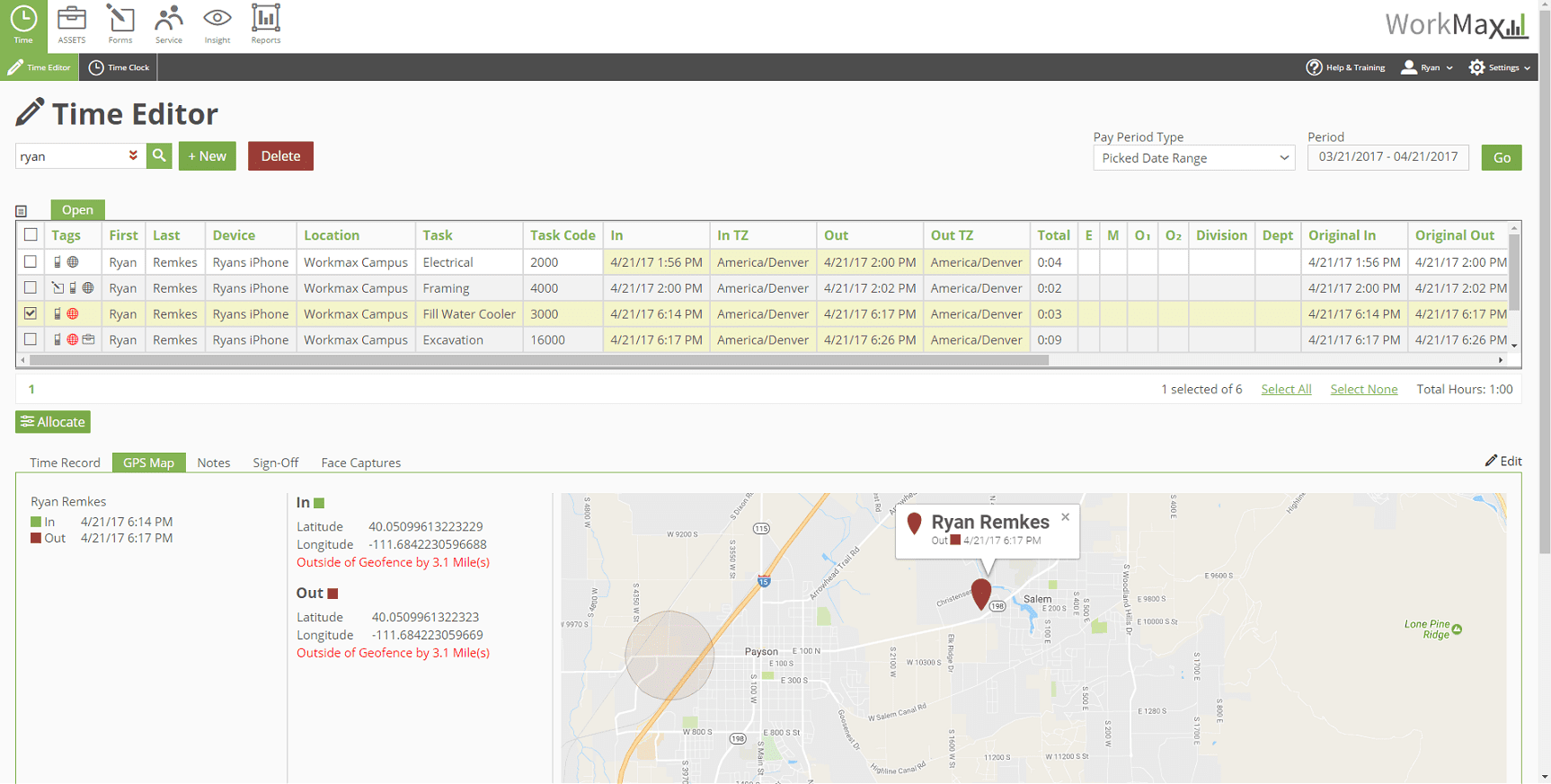WorkMax TIME integrates seamlessly with construction payroll and accounting platforms, including FOUNDATION® and QuickBooks®.
First, WorkMax collects labor data straight from the field. Then those hours flow into your construction accounting system, so job costs stay aligned with payroll. If your organization uses Payroll4Construction, FOUNDATION passes that approved time into the payroll service for processing, helping reduce errors and administrative overhead.
These integrations streamline payroll by automatically transferring verified time data and reducing errors and administrative overhead.
WorkMax TIME is also part of the broader WorkMax Workforce Management Software suite, which connects time tracking with digital forms, asset management and project insights — giving contractors a complete field-to-office workflow.
















